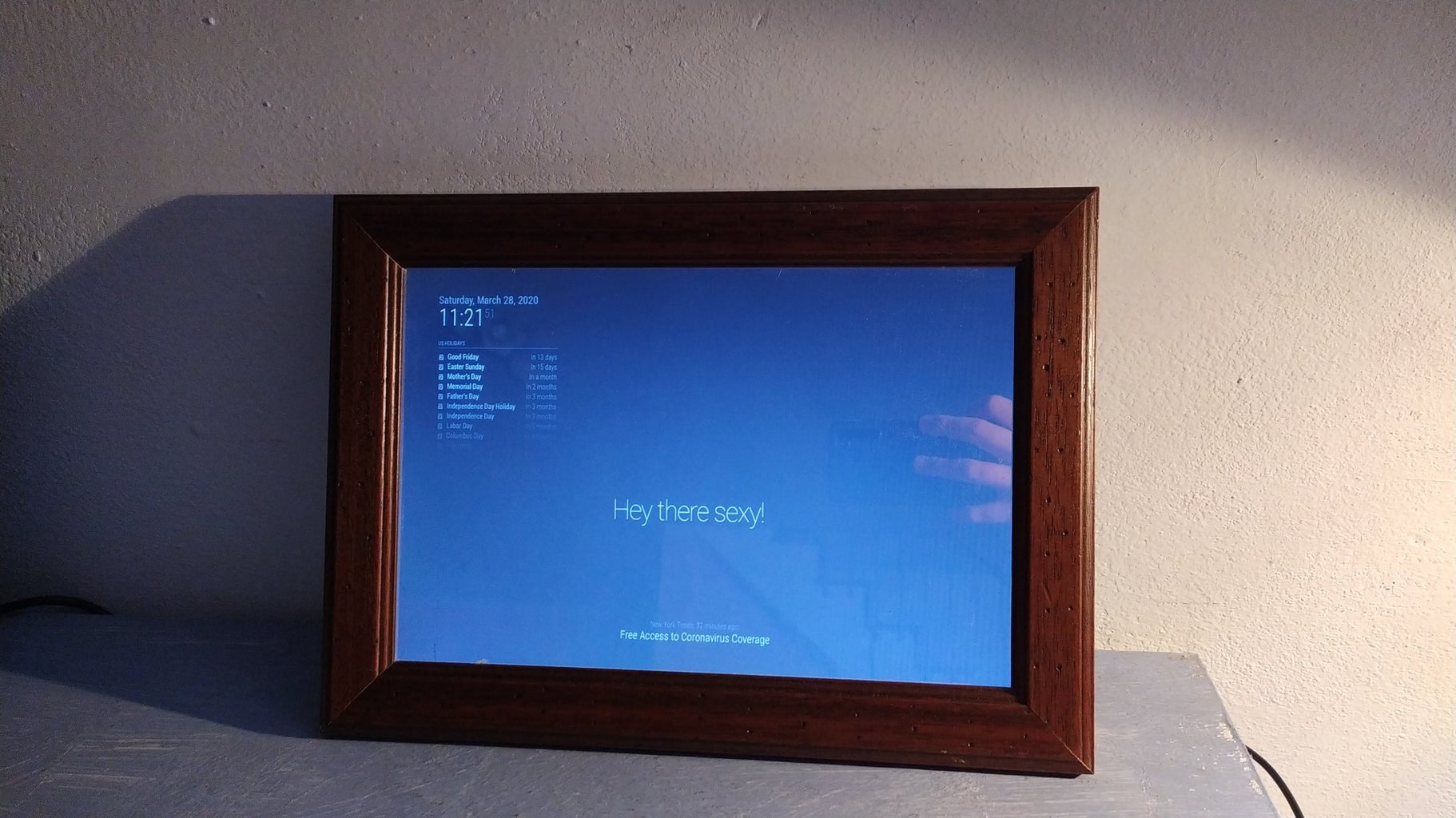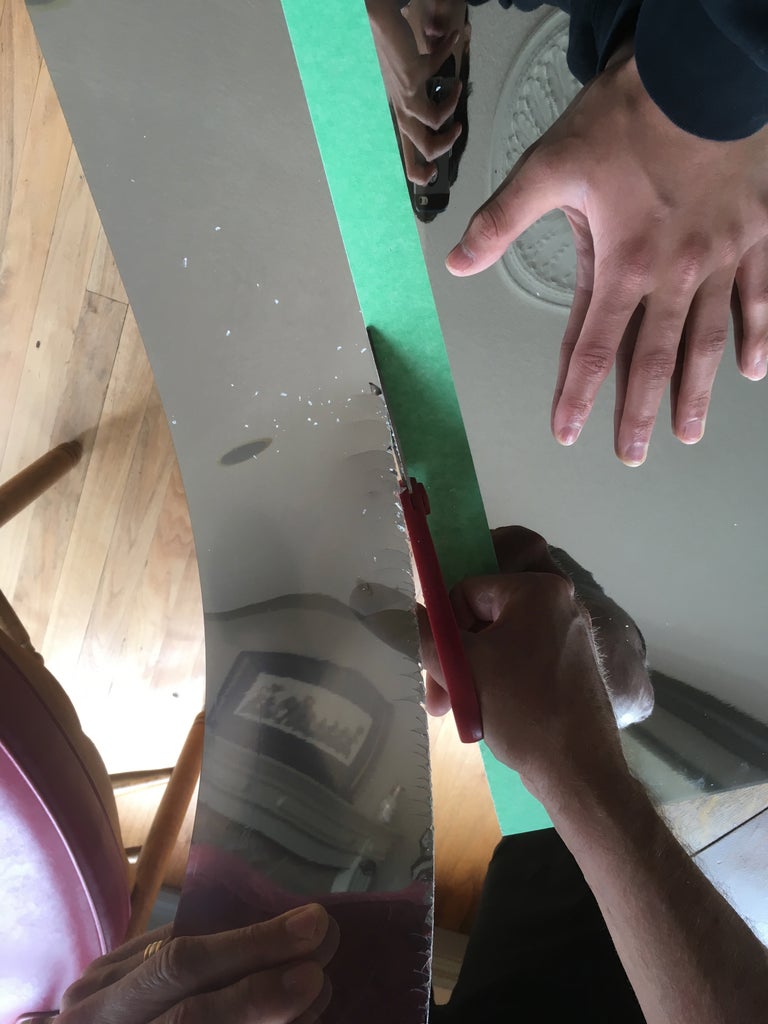How to Build a Raspberry Pi Smart Mirror Circuit Diagram Discover how to create an advanced Raspberry Pi smart mirror with our step-by-step DIY guide, perfect for tech enthusiasts and home automation lovers! Users can benefit from choosing the right model based on intended usage scenarios. For instance, the Raspberry Pi 4 features a quad-core processor and up to 8GB of RAM, making it suitable for

Installing Magic Mirror on Raspberry Pi. To install the magic mirror, your raspberry pi must be connected to a wifi network. The whole installation may take 10 - 20 minutes depending upon your hardware. Make sure that you have the latest version of Raspbian on your Raspberry pi. sudo apt-get update. sudo apt-get upgrade Here's how to build a smart mirror using Raspberry Pi and the MagicMirror2 software ecosystem. It shows me the weather, the time, my calendar, and any of the other hundred available open-source modules. Since I'm using an old computer monitor, it had a bezel on the front that could be removed to create a more flush fit with the glass. I

How to build a super Circuit Diagram
Now is an excellent time to build a smart mirror with low-voltage, ultra-slim displays. We'll build one into a frameless modern design using standard-sized parts and materials in order to minimise the DIY requirement. Combine that with the power, size, and form factor of Raspberry Pi 3A+, and you have yourself a magic recipe.

Power Supply: A reliable power adapter for your Raspberry Pi. Make sure it provides adequate voltage and current based on your Raspberry Pi model. Two-Way Mirror: This is crucial. You can purchase a pre-cut two-way mirror from a glass shop or cut one from a larger sheet. The mirror should be made to fit your frame.

Build Your Own Raspberry Pi Smart Mirror Step by Step Circuit Diagram
Frame for the mirror; Power supply for the Raspberry Pi; MicroSD card (at least 16GB) HDMI cable; Python libraries (Flask, requests, etc.) Setting Up the Raspberry Pi. First, you need to set up your Raspberry Pi. Install the latest version of Raspberry Pi OS on your microSD card. You can use the Raspberry Pi Imager for this. Once the OS is Connect the Raspberry Pi to the monitor using an HDMI cable. Also, connect the power supply to the Raspberry Pi and ensure that it is functioning correctly. Final Assembly of the Smart Mirror. With all components in place, complete the final assembly by securing the mirror, monitor, and Raspberry Pi within the frame.
